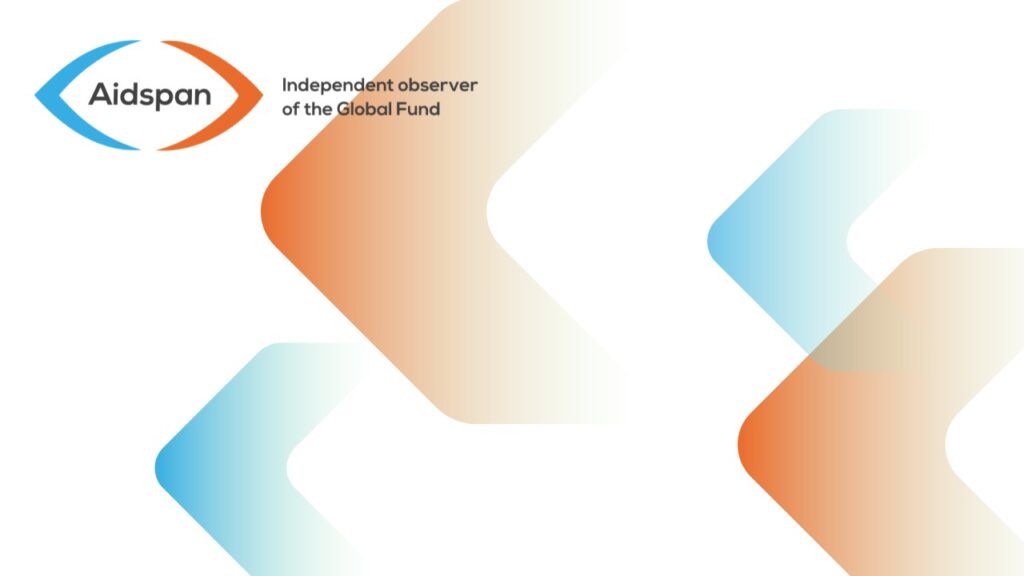
GFO Report on New Eligibility Criteria
Author:
Aidspan
Article Type:Article Number: 7
ABSTRACT GFO corrects an error that appeared in an article in GFO 146 on the new eligibility criteria for Global Fund proposals adopted by the Board.
In GFO 146, we reported on the new eligibility criteria for Global Fund proposals adopted by the Board. One of the statements in the article was in error.
One of the new criteria requires that proposals from upper middle income countries for the general pool of funding focus 100% on key populations and/or “highest impact interventions.” The article provided two examples of highest impact interventions, as follows:
(a) interventions that address emerging threats to the disease; and (b) interventions that are not adequately funded at present. However, the latter is not an example, but rather a prerequisite.
The full definition of what the Global Fund means by “highest impact interventions” is as follows:
“Evidence-based interventions that:
1. address emerging threats to the broader disease response; and/or
2. lift barriers to the broader disease response and/or create conditions for improved service delivery; and/or
3. enable roll-out of new technologies that represent global best practice; and
4. are not funded adequately.”
Thus, to be considered “highest impact,” the interventions must meet at least one of the first three criteria and must not be funded adequately.
We regret any confusion that may have been caused by this error.
